Spine deformity is a medical term that describes any abnormality in the alignment, shape, or structure of the vertebral column. The human spine has a delicate curvature in its normal state, however, when these curves become severe or move out of place, deformities arise. Some deformities are minor, while others are severe. The former are unrecognizable, whereas the latter mark one’s personality and cause physical issues. Spine deformity also referred to as a misshapen spine or curvy spine can affect anyone, whether they are children, adolescents, adults, or the elderly.
Types of Spine Deformity
Scoliosis
In the body, a normal spine curves forward as well as backward. A side-to-side bend, on the other hand, is unusual. Scoliosis is a type of bend that usually occurs in the upper back. Many scoliosis cases involve young people. In fact, the curve is sometimes present at birth, which is known as infantile scoliosis. The most common type, adolescent idiopathic scoliosis, affects children aged 10 to 17.
Adults can also develop scoliosis. This is generally the consequence of severe arthritis in the lower back. Scoliosis patients usually have imbalanced shoulder blades or hips. Some people may experience an imbalance when sitting or moving. Severe scoliosis can cause back pain, leg weakness or loss of feeling, sciatica, and even difficulty breathing.
Kyphosis
Kyphosis is characterised by an excessive outward bend of the spine. The deformity, which is most commonly found in the vertebral column (or upper back), causes a humpback posture. With the difficulty in standing straight, the upper body tends to lean forward and downward. Kyphosis is frequently caused by osteoporotic pressure fractures in older people. Prior spinal surgeries, disc degeneration, and poor posture could all be factors. Severe kyphosis can impair breathing and digestion, as well as cause neck and back pain and limit movement..
Lordosis
Lordosis occurs when the inward curves of the spine become abnormal. This has a significant effect on the lower spine. Lordosis can also take place in the neck in some cases. Patients with the condition commonly have an extreme, backward-leaning posture. Their chest, as well as shoulders, may bend backward, making their buttocks more prominent. Although this condition can affect people of any age, it is most common among the elderly. Osteoporosis and spinal cord deformation cause age-related lordosis. Severe lordosis causes leg and back pain, hip pain, poor bladder control, and problems moving.
Flatback Syndrome
This condition occurs when the spine’s natural curvature is lost. This may appear to be innocuous. After all, the spine has “straightened.” However, the flatback syndrome may cause patients to pitch forward, causing serious walking problems.
Spondylitis Ankylosing
This type of arthritis can start causing the vertebrae in the spine to fuse together. When this happens, your spine loses mobility and your posture becomes fixed in one position.
Spondylolisthesis
This condition also referred to as a slipped vertebra, can be caused by a spine birth defect. In the most severe cases, a slipped vertebra can completely dislocate from the spinal column, a condition called spondyloptosis.
Causes of Spine Deformity
Doctors categorize spinal deformities into groups based on their causes. Although there are numerous causes of spinal deformities, the following are the most common:
Congenital
Some types of spinal deformities occur before a child is born. This can be caused by genetics and womb mishaps.
Pediatric
Other types of spinal deformity become more visible during childhood. Scoliosis, for example, is most common between the ages of 10 and 12. Growth spurts, in particular, may be suspect for this rate increase.
Postural
During difficult times of spinal development, poor posture can cause the top part back to round forward. Muscle-strengthening and postural control lessons may be required to resolve this issue.
Neuromuscular
Certain disorders, such as cerebral palsy, can cause changes in muscle activity. The back and neck can miss their natural shape as rigid muscles pull on the spine.
Degenerative or adult
Degeneration of the discs in your back can be caused by wear and tear on the spine. Weak vertebrae can rupture and form a wedge shape, resulting in kyphosis. In addition, the ligaments that help the spine can toughen and pull your back out of balance.
Traumatic
Injuries, such as direct blows to the back, can pull vertebrae out of place, causing the curvature of your back to change.
Iatrogenic
This fancy term refers to spinal problems created by a failed spinal fusion, such as flatback syndrome.
Symptoms of Spine Deformity
Spinal deformities can be mild, moderate, or severe in severity. However, pain is the defining feature that all spinal deformities share.
If you have an impaired spine curvature, you can also experience:
- Pain in the neck, back, or legs
- Pain that spreads into the arms, hands, thighs, or feet
- Physical manifestations of spine deformity
- Inconsistent hips, neck, or leg lengths
- A hump in the back and shoulders or rib cage curving out from one side
- A deep inward thrust of the lower back
- Loss of the upper or lower back’s natural arch
- Unsteadiness while walking due to chin-to-chest syndrome or forwarding the head.
- Herniated discs, spinal cord compression, and pinched nerves are all possible options.
Treatment for Spine Deformity
Spinal deformity is treatable in most cases if detected early. Physical examination by an orthopedist is required in cases of kyphosis or when the patient is facing symptoms like pain or other tangible signs. The severity of deformity is determined after the additional screening with an X-ray or an MRI scan, and treatment is initiated by the doctor. Braces, physical therapy, or exercise can help in some cases. They resolve the impaired curvatures of the spine and the person can achieve a normal curvature after treatment, but in certain cases, surgery is the only option left because only surgery can correct the disfigured curvature. Spinal fusion and implant insertion are among the surgical techniques used. You can consult the best spine surgeon in India for spine surgery.
Prevention
Spinal deformity is a painful and personality-decreasing condition that requires prompt treatment, but it can also be avoided. In order for this to occur, causes like poor posture, joint problems, and a slipped disc must be addressed in a timely manner. When experiencing pain in the back or legs, one should seek immediate medical attention. In addition, one should strive to keep a healthy weight and engage in regular exercise.



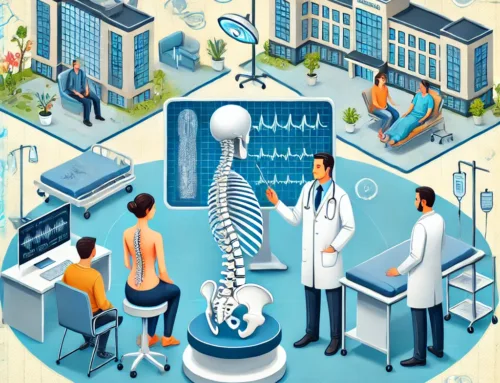
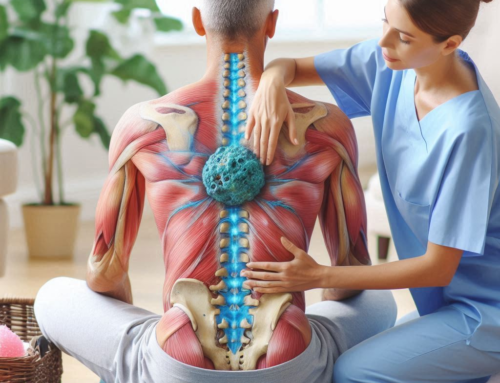
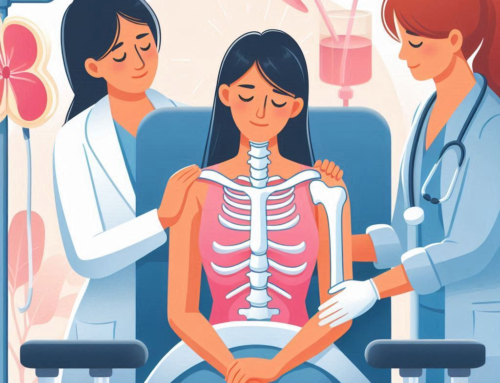
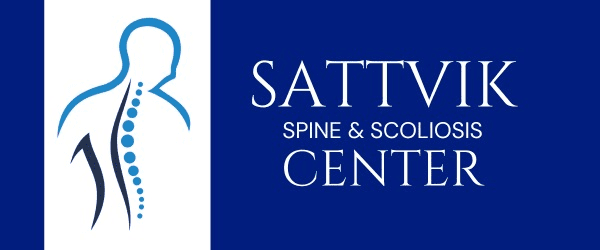



Get Social